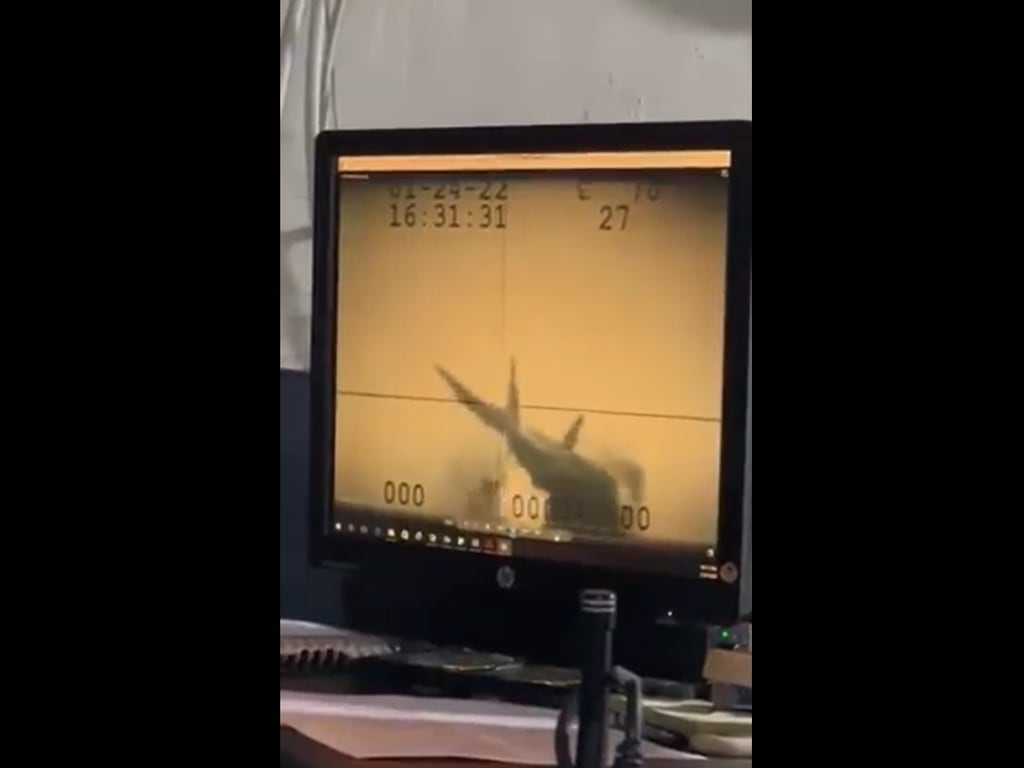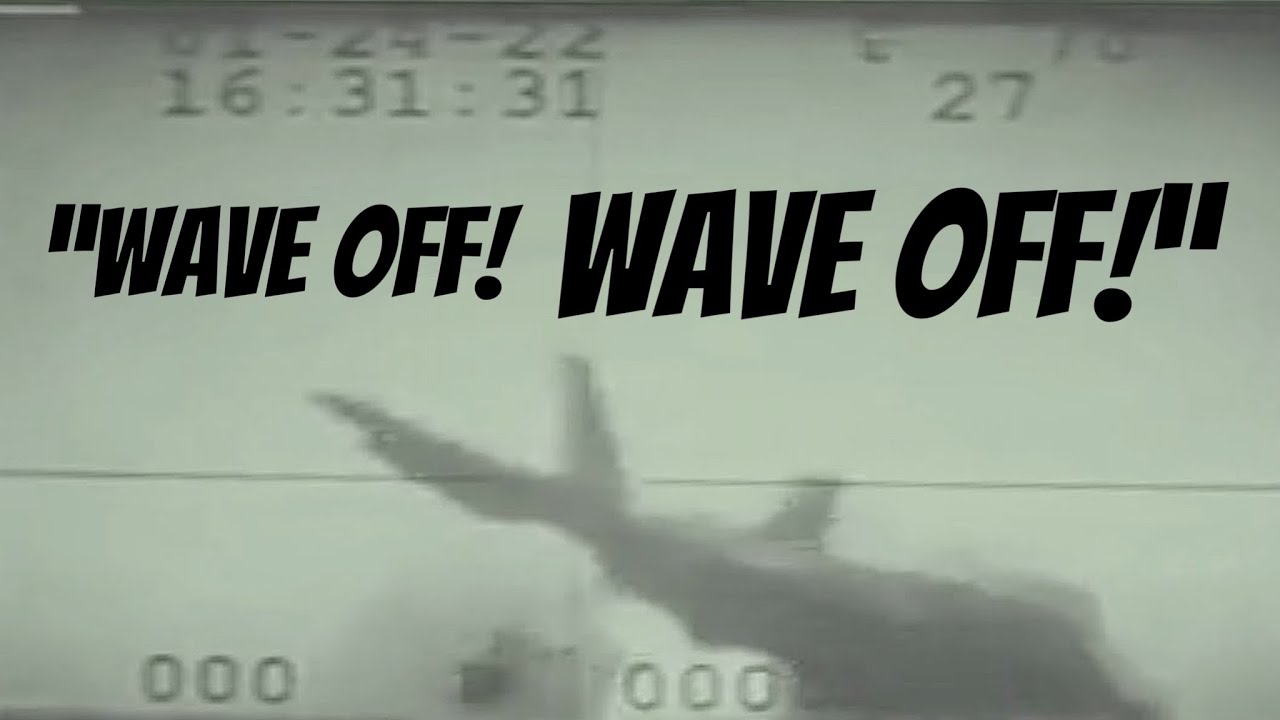Story published regarding mishap report for the F-35 that hit the ramp, which was later recovered in 12K' of water.
According to this redacted account, no technical problems, mishap was due to pilot error.
According to the report, pilot attempted a SHB, had never done one before, became task saturated and forgot to go to auto mode, thought he was in auto and thus failed to add power when needed, by the time he realized his sink rate in close, and added power, it was too late. For others here who have read the actual report, is there anything that can be shared in this forum to shed more light?

 www.navytimes.com
www.navytimes.com
“As a result of the compressed timeline and the (pilot’s) lack of familiarity with the maneuver, the (pilot) lost situational awareness and failed to complete his landing checklist,” according to the investigation. “Specifically, the (pilot) remained in manual mode when he should have been (and thought he was) in an automated command mode designed to reduce pilot workload during landings.”
Question for the PLM bubbas here: in the tread about this mishap back when it happened, some of you made it clear that it's not possible to land an F-35 on the boat in manual, or if it is possible, then it's certainly not taught in the RAG or practiced. If that is true, seems strange that NATOPS did not mandate auto before this mishap.
"At the time of the mishap, the automated landing systems were optional for pilots, but following the mishap and the mishap pilot’s self-confessed “task saturation” at the time, Naval Air Forces now mandate that F-35 pilots use the automated assistance.
Among the recommendations adopted and ordered by the head of Naval Air Forces, Vice Adm. Kenneth Whitesell, was that pilots be required to use the automated landing systems.
Before last year’s mishap, pilots were directed to use the automated assistance “as desired.”
Report also recommended an alert for when the jet gets on speed. I guess this would come in handy during a SHB when you're at idle in a high angle turn trying to slow down, while looking outside the cockpit to your left at the 90.
"The investigation calls for the Navy and the jet’s manufacturer to develop more alerting systems for when pilots hit their desired angle of attack and for when a pilot is not in one of the automatic modes while attempting a landing."
Once again is seems, NATOPS is written in blood.
According to this redacted account, no technical problems, mishap was due to pilot error.
According to the report, pilot attempted a SHB, had never done one before, became task saturated and forgot to go to auto mode, thought he was in auto and thus failed to add power when needed, by the time he realized his sink rate in close, and added power, it was too late. For others here who have read the actual report, is there anything that can be shared in this forum to shed more light?

Pilot error caused F-35 carrier crash and plunge into South China Sea
A Navy probe found the pilot did not act "in a reckless manner." The officer remains in the service, but is no longer flying.
“As a result of the compressed timeline and the (pilot’s) lack of familiarity with the maneuver, the (pilot) lost situational awareness and failed to complete his landing checklist,” according to the investigation. “Specifically, the (pilot) remained in manual mode when he should have been (and thought he was) in an automated command mode designed to reduce pilot workload during landings.”
Question for the PLM bubbas here: in the tread about this mishap back when it happened, some of you made it clear that it's not possible to land an F-35 on the boat in manual, or if it is possible, then it's certainly not taught in the RAG or practiced. If that is true, seems strange that NATOPS did not mandate auto before this mishap.
"At the time of the mishap, the automated landing systems were optional for pilots, but following the mishap and the mishap pilot’s self-confessed “task saturation” at the time, Naval Air Forces now mandate that F-35 pilots use the automated assistance.
Among the recommendations adopted and ordered by the head of Naval Air Forces, Vice Adm. Kenneth Whitesell, was that pilots be required to use the automated landing systems.
Before last year’s mishap, pilots were directed to use the automated assistance “as desired.”
Report also recommended an alert for when the jet gets on speed. I guess this would come in handy during a SHB when you're at idle in a high angle turn trying to slow down, while looking outside the cockpit to your left at the 90.
"The investigation calls for the Navy and the jet’s manufacturer to develop more alerting systems for when pilots hit their desired angle of attack and for when a pilot is not in one of the automatic modes while attempting a landing."
Once again is seems, NATOPS is written in blood.


